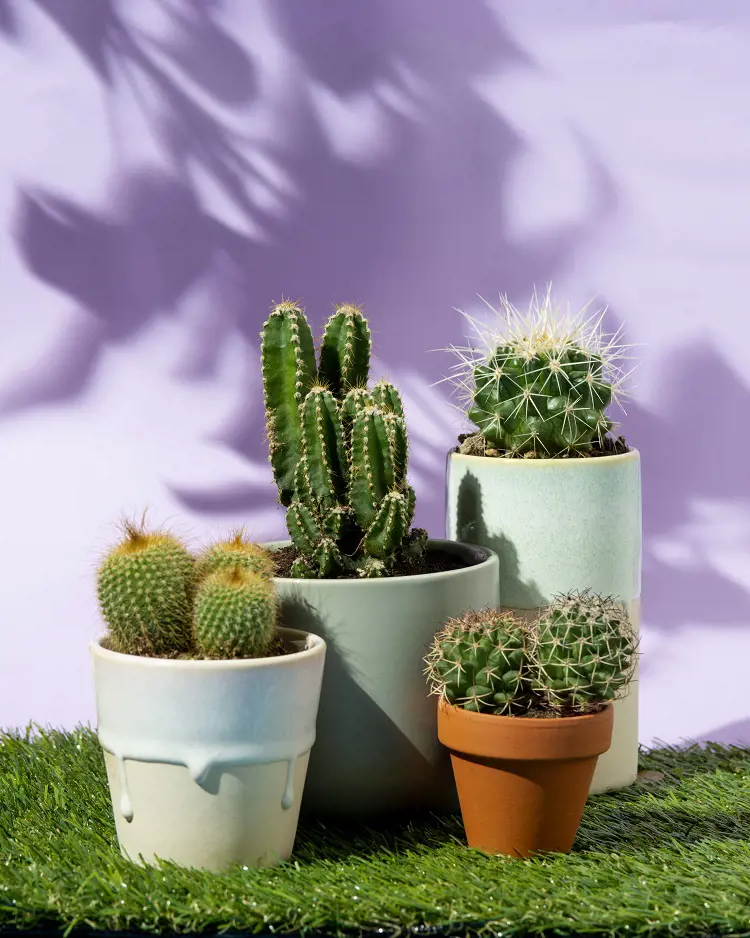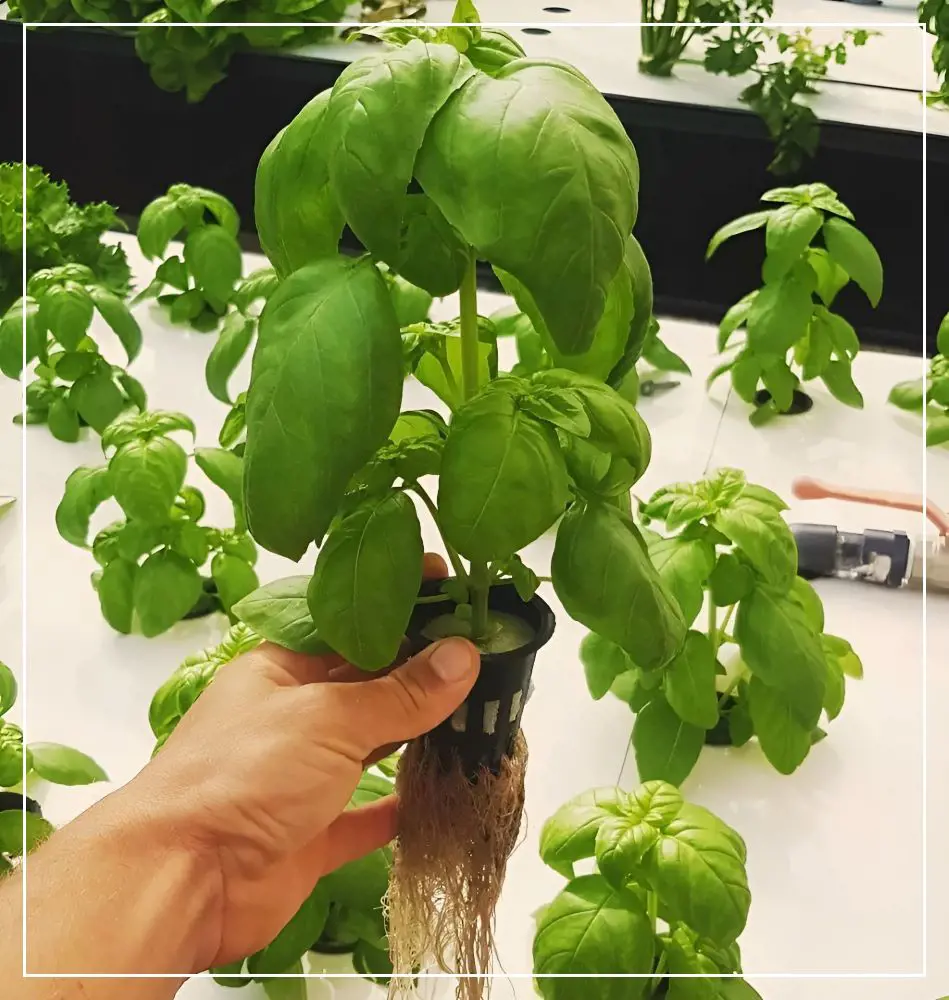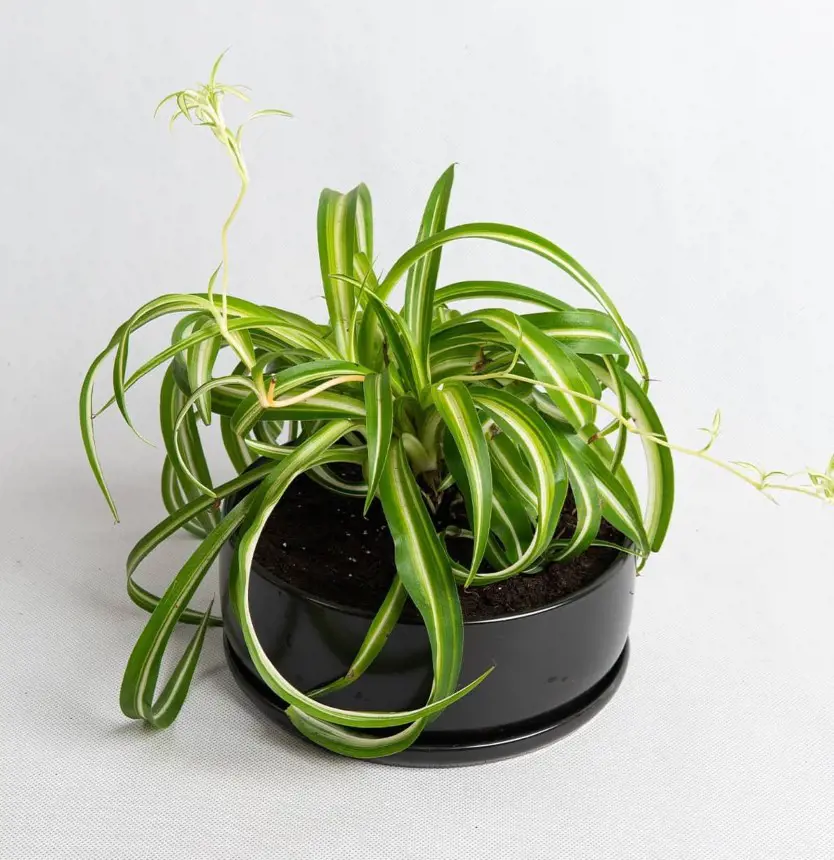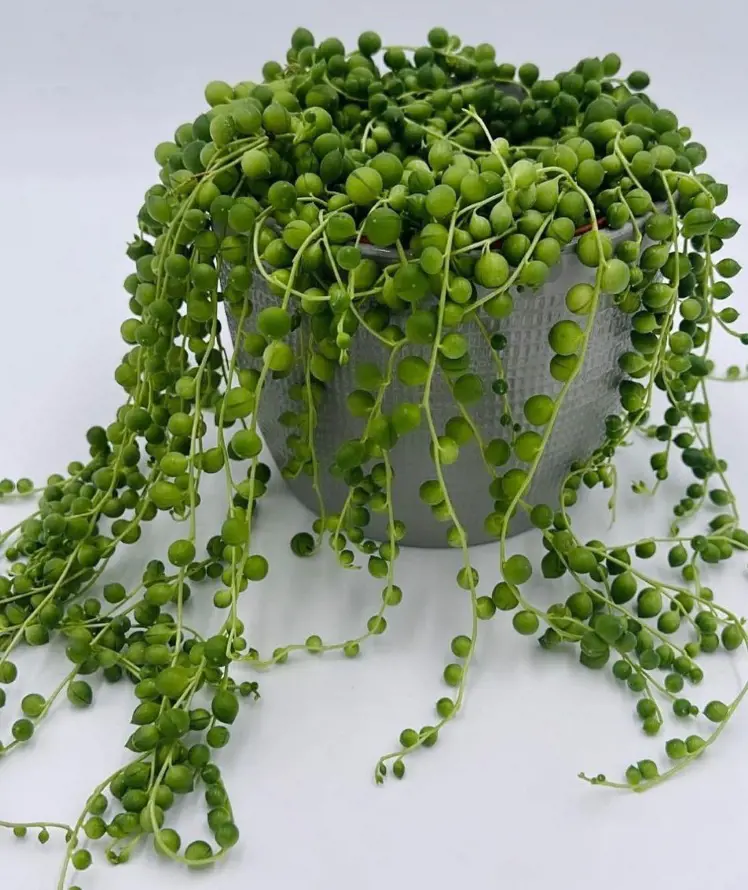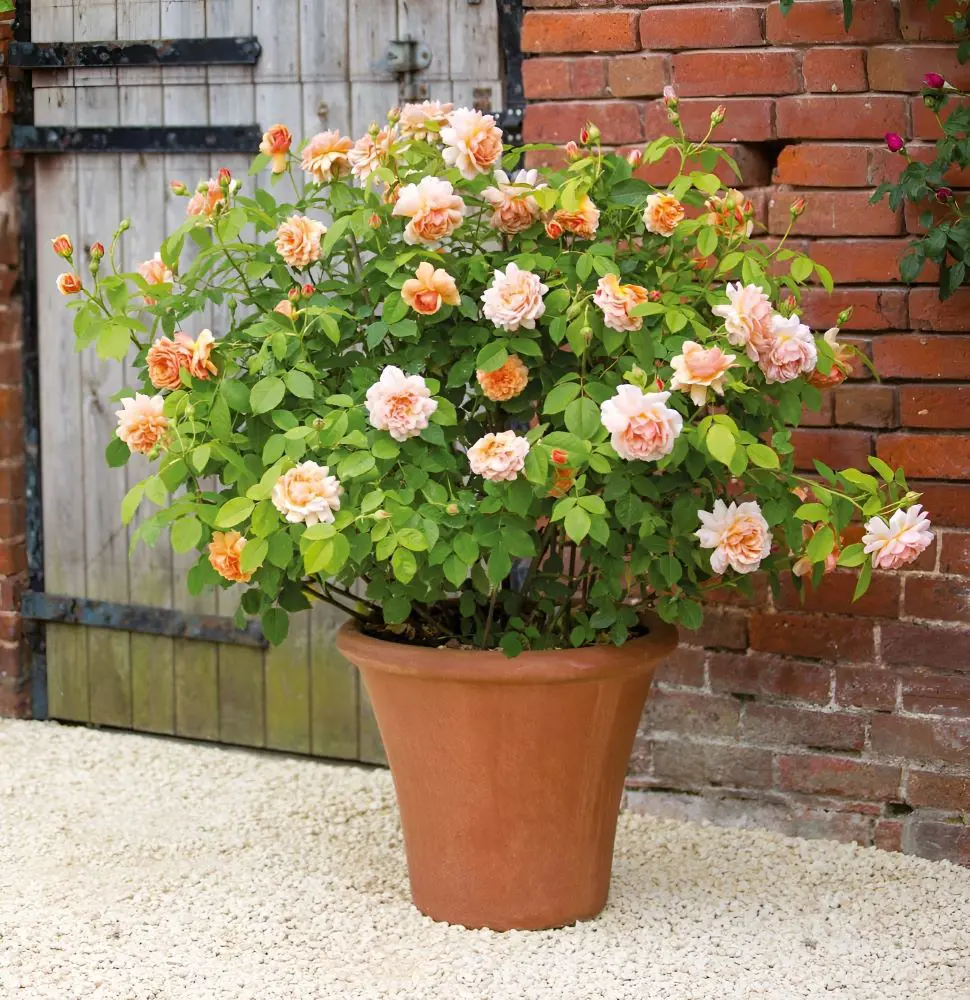Propagate Fiddle Leaf Fig Plant Using These Techniques
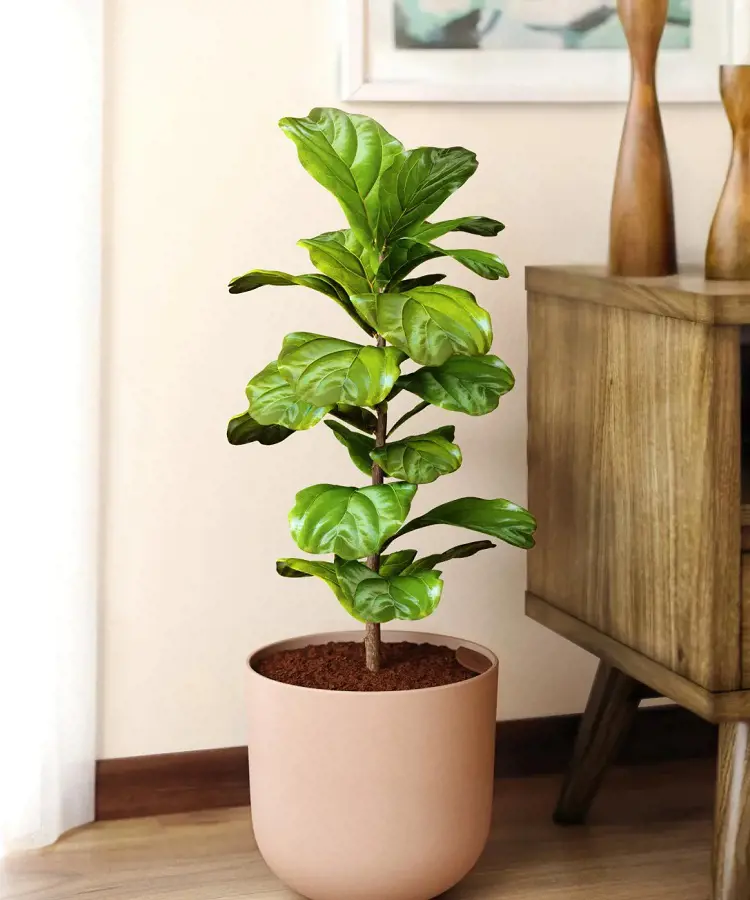
This post may contain affiliate links. If you make a purchase through links on our site, we may earn a commission.
Welcome to the world of growing Fiddle Leaf Figs! These stunning plants are a must-have, and propagating them is both fun and budget-friendly. Our focus is on the stem-cutting method; a straightforward way to expand your plant collection.
But we won't stop there! We'll also explore other methods like water propagation, air layering, leaf propagation, division, and offsets. This guide ensures you grasp the diverse ways to multiply your Fiddle Leaf Fig family. So, continue reading this article to uncover the joy of propagating these plants in all their flourishing glory.
Choose a Healthy Parent Plant
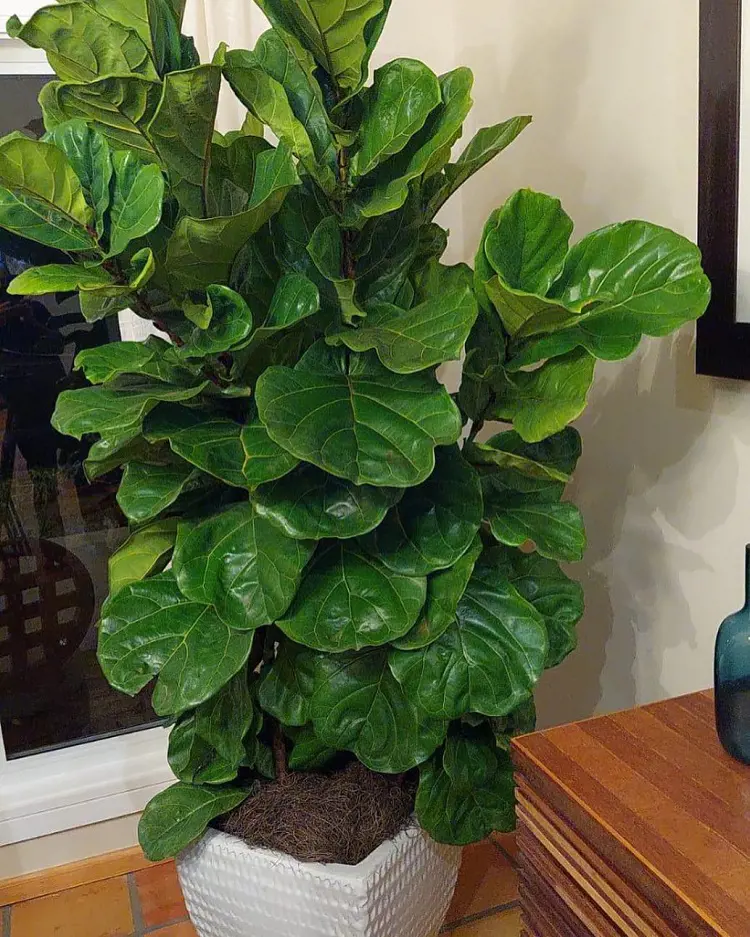
Pick a strong and thriving fiddle leaf fig as the parent plant. Look for one without any bugs or diseases. Make sure its leaves are vibrant and it's generally in good shape. A healthy parent plant increases the chances of successful propagation.
Check the leaves for any signs of damage or pests. If it's clean and lively, it's a good choice. This step is crucial because the health of the parent plant influences the growth and health of the new plant you're trying to grow from the cutting.
Gather Materials
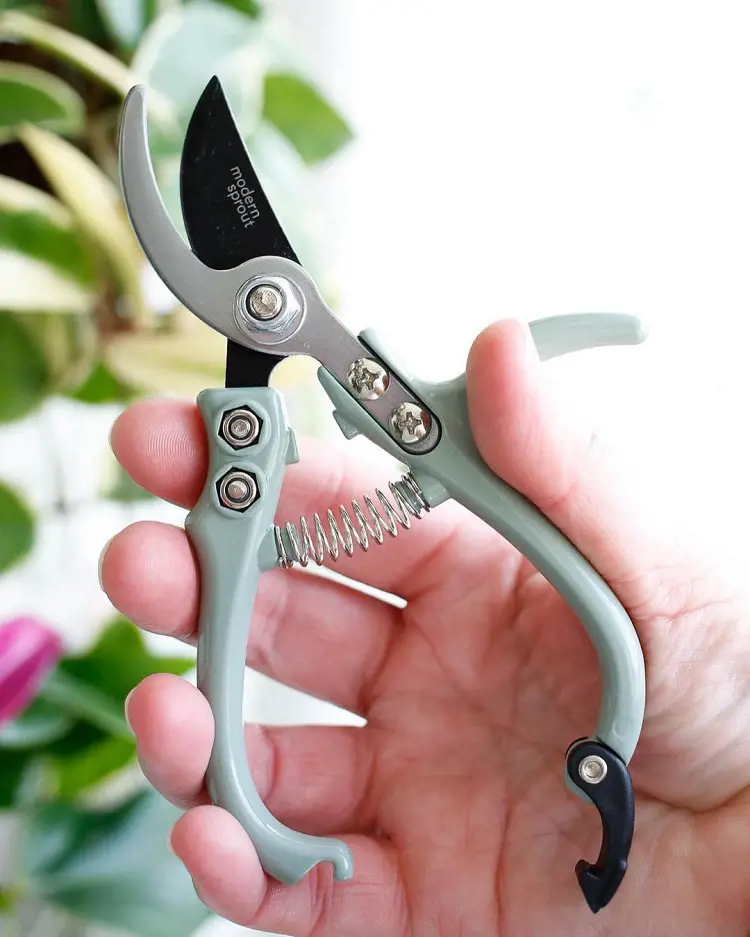
Get the things you need for growing a new plant from your existing one. You'll need sharp and clean scissors or pruning shears to cut a piece of the plant. Find a clean container and fill it with water; this is where your plant cutting will grow roots.
If you want to speed up the process, you can use something called rooting hormone, which you can find at garden stores. Think of the rooting hormone as a special helper that encourages your new plant to grow roots faster. Having these basic tools ready makes the whole process easier and increases the chances of success.
Select a Suitable Cutting
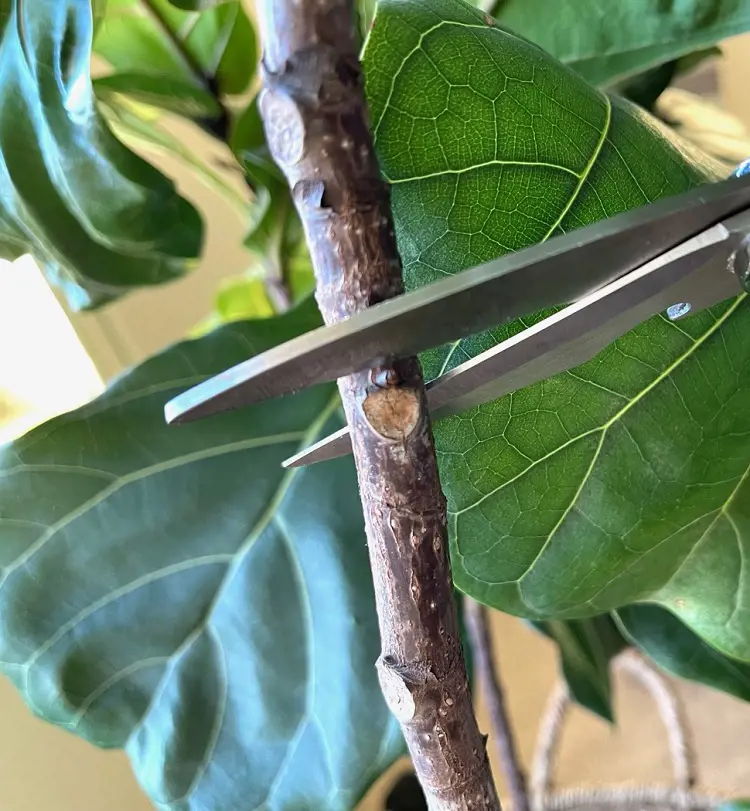
Select a piece of the plant to grow into a new one. Look for a branch that's around 6 to 12 inches long; about the length of a ruler. Make sure it has at least 2-3 leaves on it. The best part to cut is at the very top of a healthy branch.
Imagine you're giving your plant a little haircut by taking a piece from the end. This piece will become the new plant, so choosing a healthy and nice-looking cutting sets the stage for a strong and happy new plant to grow.
Prune the Cutting
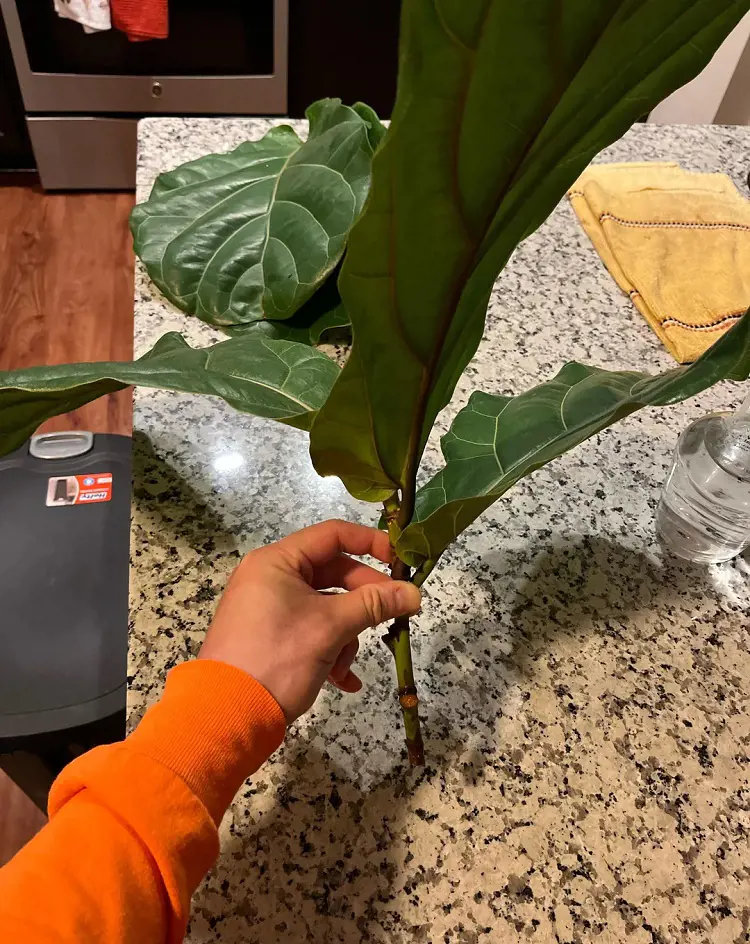
Take your scissors or pruning shears and carefully cut the chosen branch. Make the cut right underneath a leaf on the stem. Imagine you're giving the plant a little trim just below where a leaf is attached. This point is called a leaf node.
Cutting just below the leaf node is like giving your plant a fresh start to grow new roots. The clean cut is important because it helps the plant heal and encourages it to focus on growing new roots from the spot where you cut.
Remove Lower Leaves
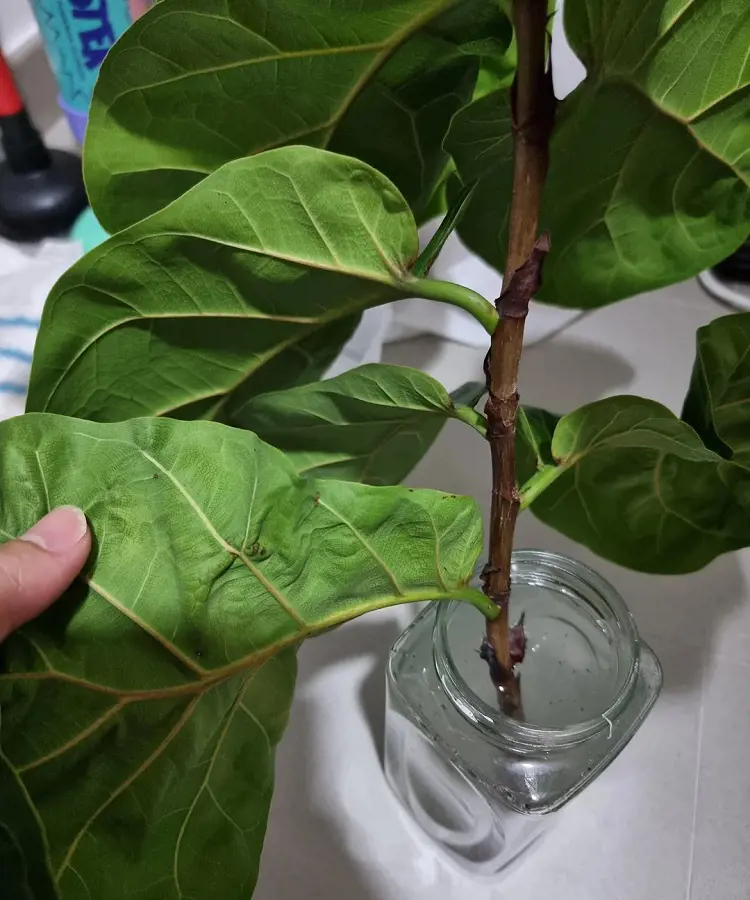
Now that you've cut a piece of the plant, it's time for a bit of grooming. Take off the lower leaves from the stem, leaving only 2-3 leaves at the very top. Picture it like giving your plant a neat haircut, but leaving some leaves at the top like a little green crown.
This might seem like a small change, but it's important! Removing those lower leaves helps the cutting use its energy wisely. It reduces the chance of losing too much water and makes it focus on growing roots from the bottom.
Optional: Apply Rooting Hormone
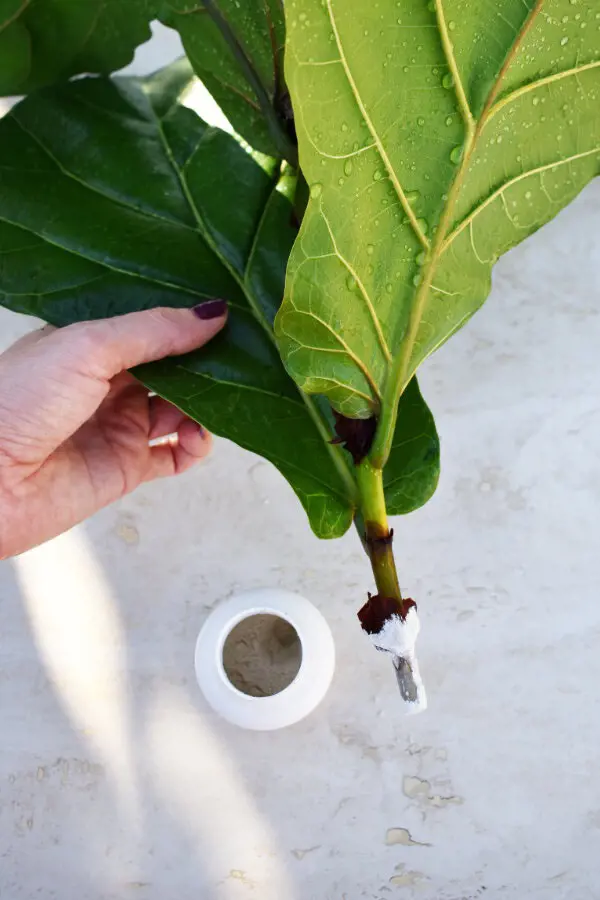
If you want to give your plant cutting a little boost, you can use something called rooting hormone. Think of it like a superhero for your plant. After you've made the cut on the stem, dip the end (the part you cut) into the rooting hormone.
This step is optional, so you don't have to do it, but if you want your new plant to start rooting quickly, this rooting hormone can be a helpful sidekick in the process.
Prepare a Water Container
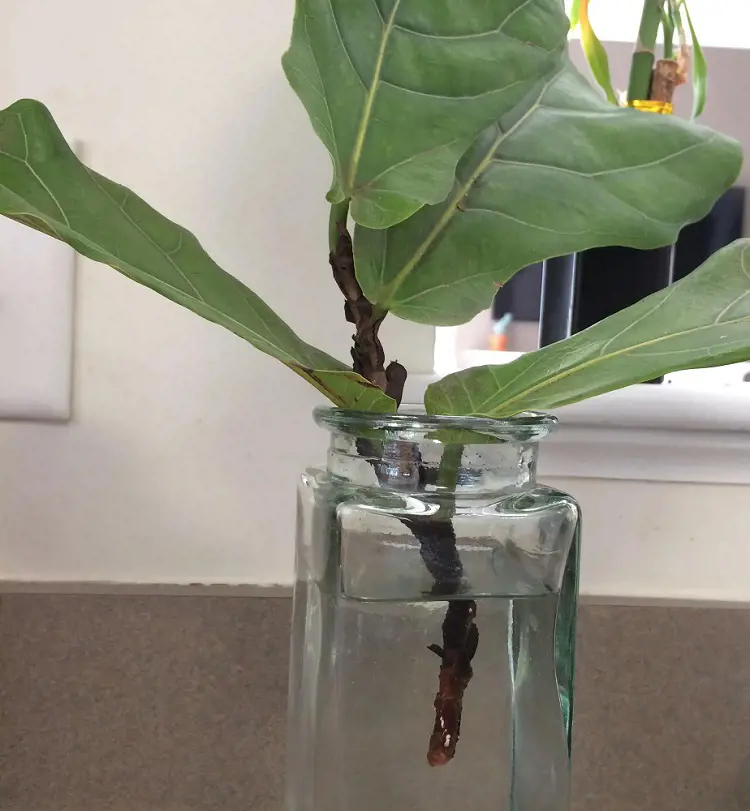
Now that you have your plant cutting, it's time to give it a temporary home in water. Find a clean container and fill it with water. Imagine it's like creating a cozy little water bed for your plant to grow roots.
Put the cutting into the water, making sure that the part where you made the cut is under the water. This is where those special nodes are, and they need to be covered. But, make sure the leaves are not in the water. It's like giving your plant a refreshing drink, and it helps it start growing roots before it gets its permanent soil home.
Place in a Suitable Location

Position the container in an area with bright, indirect light for the optimal development of the plant cutting. Direct exposure to sunlight can be detrimental and induce stress on the cutting, hampering its ability to establish roots.
Selecting a suitable location involves avoiding harsh sunlight, which may adversely affect the delicate stage of root initiation. The emphasis on bright, indirect light ensures that the cutting receives sufficient energy for metabolic processes without being subjected to the potential negative effects of direct sunlight exposure.
This strategic placement facilitates the successful transition from a water-rooting phase to eventual transplantation into the soil.
Change Water Regularly
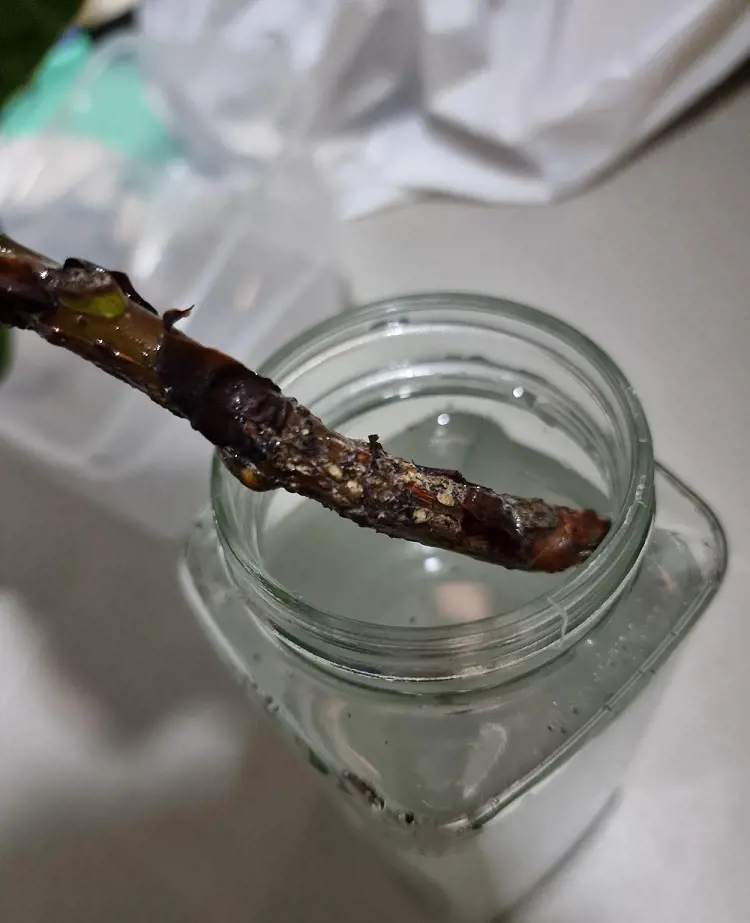
Regularly replace the water in the container every few days to maintain cleanliness and freshness. This practice is essential to prevent the development of mold or bacteria in the water, which could adversely affect the health of the plant cutting.
By consistently changing the water, you create an environment that is conducive to the cutting's root development without introducing harmful microorganisms. This routine maintenance not only promotes the overall well-being of the plant but also ensures a hygienic and supportive medium for the early stages of root formation. It is a simple yet crucial step in fostering a successful propagation process.
Monitor Root Growth
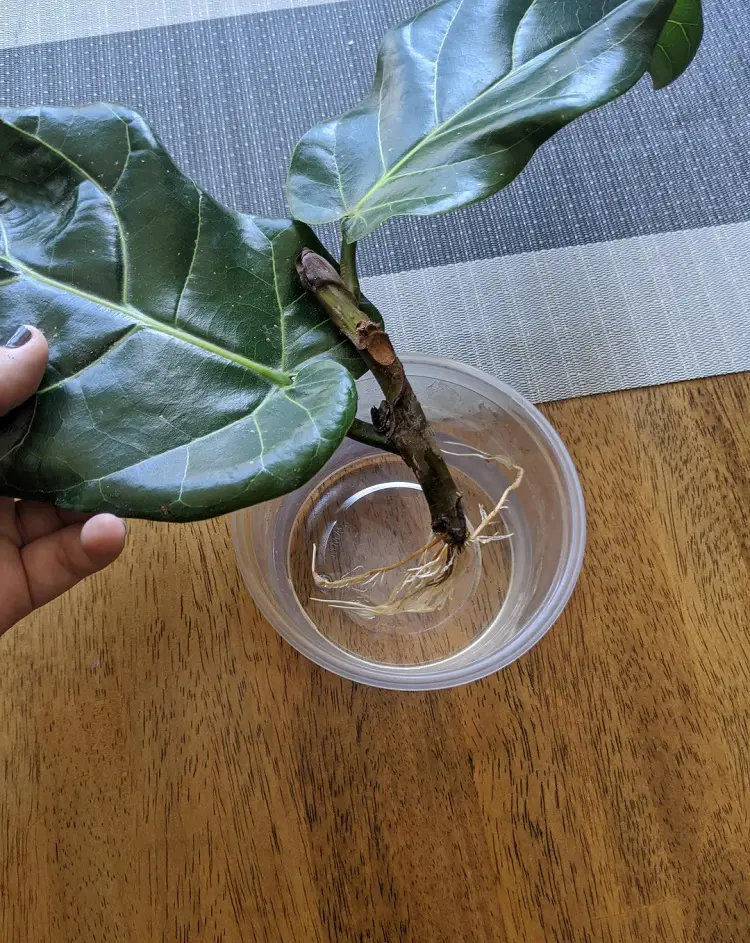
Keep a close eye on your plant cutting as it sits in water. After a few weeks, you'll likely notice tiny roots emerging from the nodes where you made the cut. It's like seeing your plant grow its own little roots!
When these roots reach a few inches in length, it's a sign that your cutting is ready for its next step. At this point, your plant has developed a strong foundation, and it's time to transplant it into the soil. It's like witnessing the beginning of a new chapter for your plant; from water to soil, ready to grow and thrive on its own.
Transfer to Soil
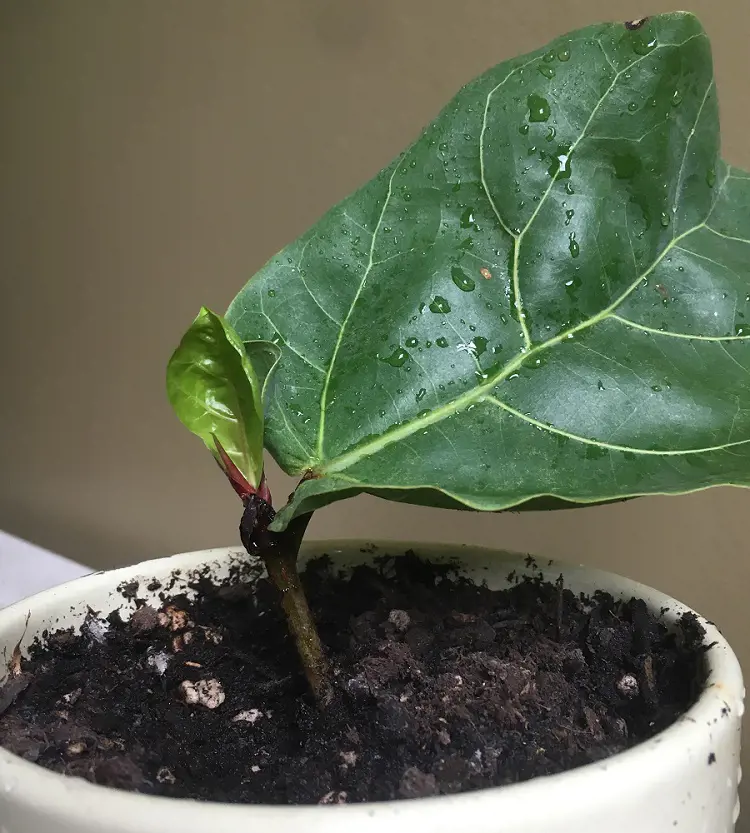
Now that your plant cutting has developed sturdy roots, it's time to give it a permanent home in soil. Choose a well-draining potting mix, creating a comfortable space for the roots to expand.
Plant the rooted cutting in the soil, ensuring that it stands securely. Provide a generous amount of water to settle the soil and support the transition. Place the newly potted plant in an area with bright, indirect light, avoiding direct sunlight.
This step marks the shift from water-based root development to soil-supported growth, setting the stage for your plant to establish itself and thrive in its new environment.
Care for the New Plant
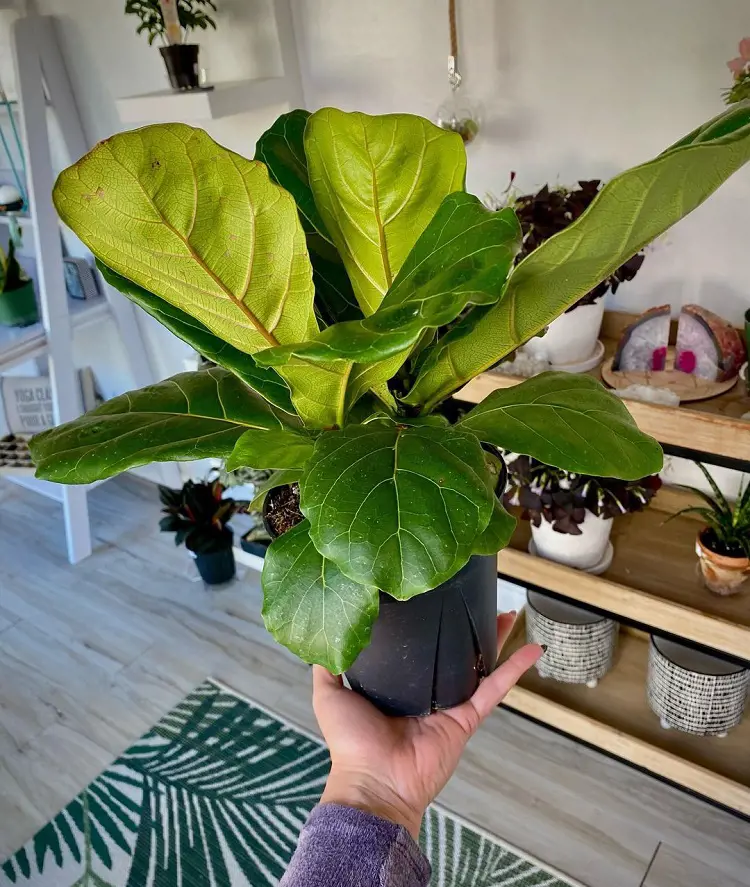
Nurture your new plant by maintaining a balanced care routine. Ensure it receives an appropriate amount of water, avoiding both overwatering and dehydration. Monitor humidity levels, as well-adjusted humidity promotes plant health.
Gradually introduce the plant to its surroundings, acclimating it to any changes in light or temperature. Consistent care, including periodic watering and attention to environmental factors, supports the plant's adaptation and growth. This gradual approach helps prevent shock to the plant as it adjusts to its new home.
By providing proper care, you foster a favorable environment for your new plant to flourish and thrive over time.
- Note: Remember that not all cuttings will successfully root, so it's a good idea to take several cuttings to increase your chances of success.
Propagation of Fiddle Leaf Fig Through Air Layering
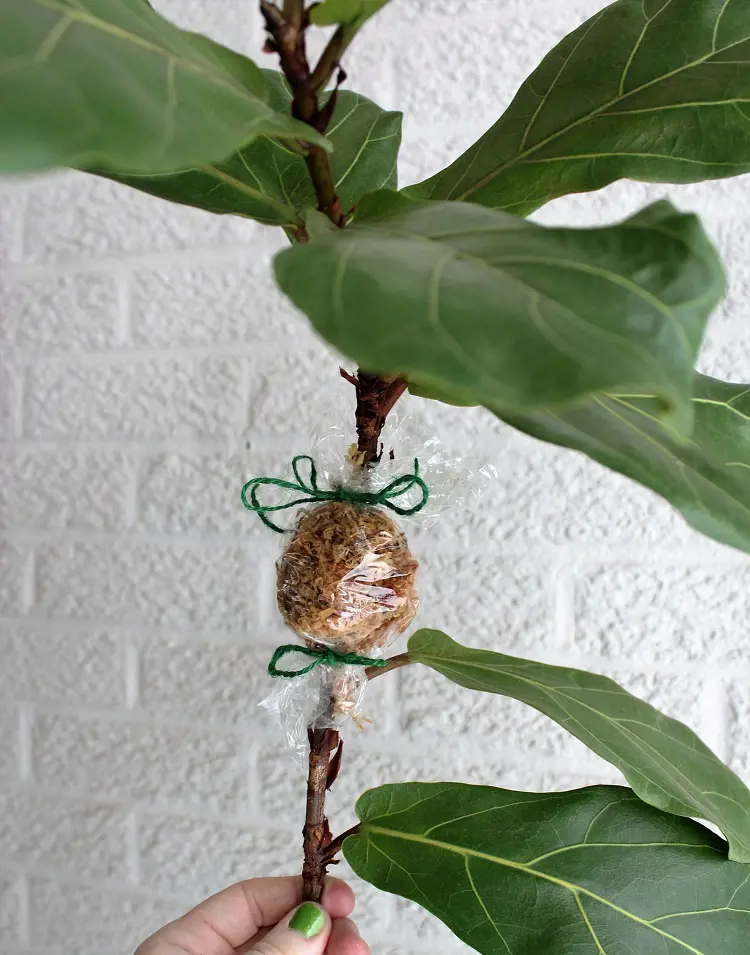
As mentioned earlier, you can propagate this tall indoor plant through various methods one of which is air layering. To propagate fiddle leaf fig from air layering, you should:
- Select a healthy, mature branch.
- Make a small incision on the branch, remove a section of bark, and cover the exposed area with rooting hormone.
- Wrap the incised area with moist sphagnum moss and secure it with plastic wrap.
- Once roots form, cut the branch below the rooted section and plant it in the soil.
Leaf Propagation of Fiddle Leaf Fig
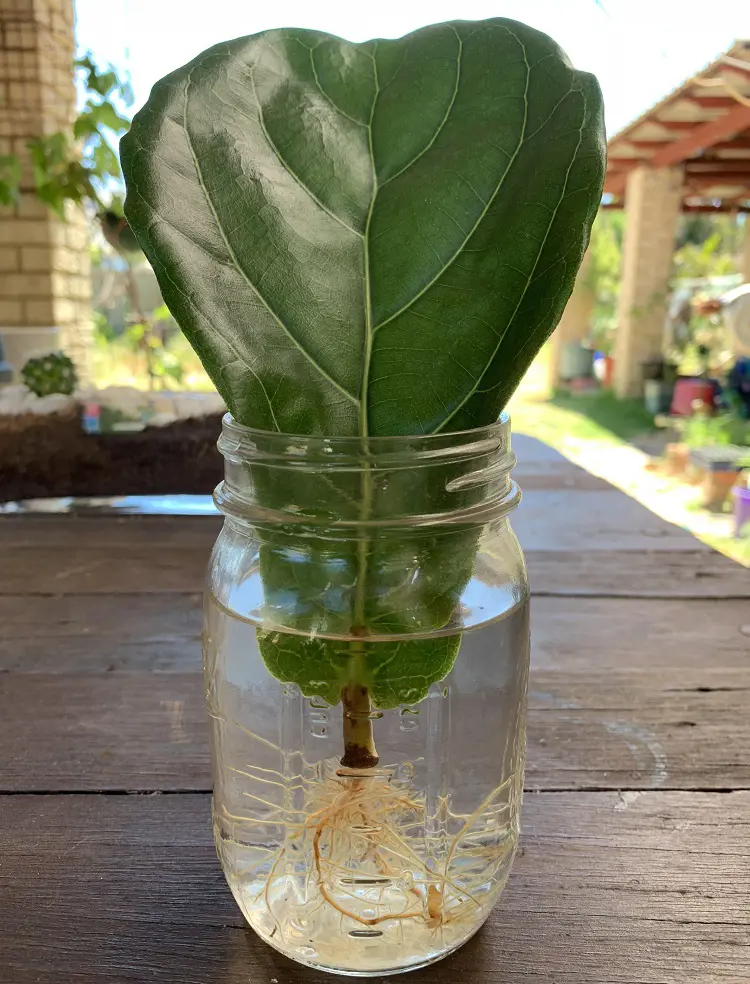
While leaf propagation can be successful, it requires more attention to detail and environmental control. To propagate this luscious green indoor plant through the leaf propagation method, you should:
- Choose a healthy leaf and cut it into sections, ensuring each section has a vein.
- Dip the cut end in the rooting hormone.
- Plant the leaf sections in a soil mix, burying the cut end.
- Mist the soil regularly to maintain a humid environment around the leaf sections.
- Place the propagated leaf sections in a location with indirect light. Be patient, as it may take some time for roots to develop.
- Once the propagated sections have established roots and developed into young plants, they can be transplanted into individual pots or directly into the ground if the conditions are suitable.
Division Method To Propagate Fiddle Leaf Fig
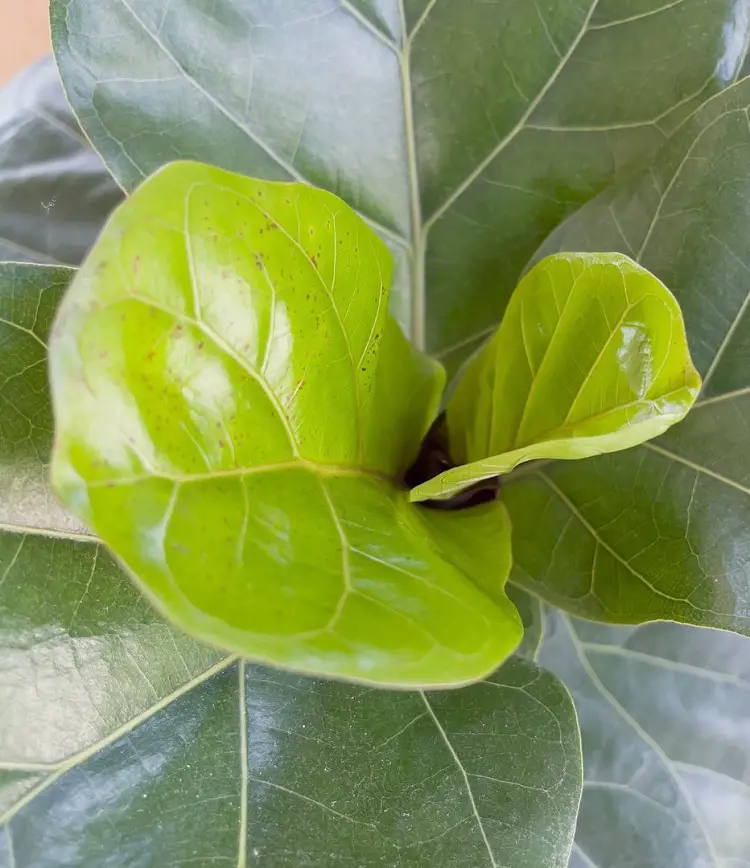
Division is not the most common method used to propagate Fiddle Leaf Fig, but it can still be employed successfully under certain circumstances. Always ensure that the divided sections are potted in well-draining soil, and provide proper care to encourage their establishment in their new containers.
To propagate fiddle leaf fig through the division method, you should follow these steps:
- If your Fiddle Leaf Fig has multiple stems or trunks, you can divide the plant during repotting.
- Gently remove the Fiddle Leaf Fig from its current pot. Carefully shake off excess soil to expose the roots.
- Identify natural divisions or points where the stems or trunks can be separated.
- Trim any excess or damaged roots, but be careful not to remove too much.
Place each separated section into its pot filled with fresh, well-draining soil, and water and provide care.
Offsets or Suckers Propagation Method
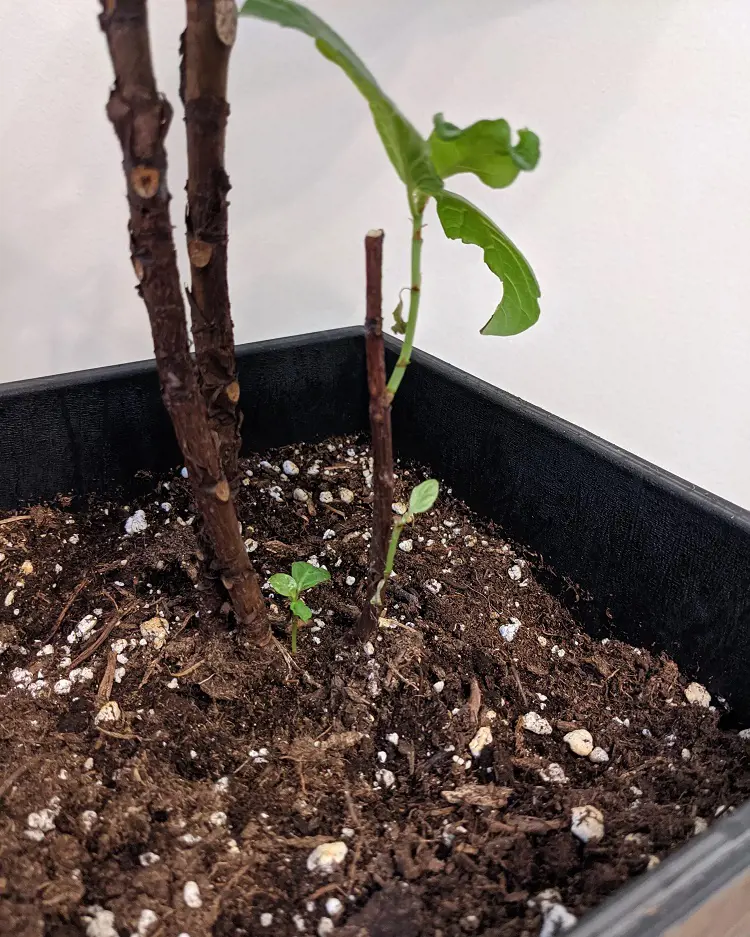
Just like the division method, offsets or suckers are also not the most common method for propagating Fiddle Leaf Fig. However, if you want you can try this method under certain circumstances. To propagate through this method, follow these steps:
- Fiddle Leaf Figs can produce offsets or suckers from the base of the plant.
- Carefully separate the offset, ensuring it has roots attached, and plant it in its own pot.
- Place the separated offset in its own pot filled with fresh, well-draining soil.
- Plant it at a similar depth as it was in the parent plant.
- Water the newly potted offset thoroughly to settle the soil and promote root establishment.
How Long Does It Take To Propagate A Fiddle Leaf Fig?

The time it takes to propagate a Fiddle Leaf Fig can vary depending on the method used and environmental conditions. Here's a general guideline for different propagation methods:
Stem Cuttings
It typically takes several weeks to a few months for roots to develop on a stem cutting. Factors such as temperature, humidity, and light levels play a role in the speed of root development.
Water Propagation
Rooting in water may take a few weeks to a couple of months. Once the roots are well-established and several inches long, you can transplant the cutting into the soil.
Air Layering
Air layering usually takes a few weeks to a few months. Once roots have formed, you can cut the rooted section and plant it in the soil.
Leaf Propagation
Propagating from individual leaf sections can take several weeks to a few months. Roots will develop from the cut end, and new growth will eventually emerge from the base.
Division
Division during repotting is a relatively quick method, and the separated sections can be potted up immediately. However, it still takes time for the new plants to establish themselves in their new pots.
Offsets or Suckers
Separating and potting up offsets or suckers is a relatively quick process. Once potted, they will continue to grow and establish themselves over a few weeks.
- Note: It's important to note that patience is key when propagating plants. The success and speed of propagation depend on factors such as the health of the parent plant, environmental conditions, and the specific method used.
Conclusion
Propagating your Fiddle Leaf Fig offers a rewarding journey into expanding your indoor green haven. Regardless of the method chosen, the key to success lies in creating an ideal environment. Ensure your plant receives bright, indirect light and consistent moisture, fostering the perfect conditions for root development and new growth.
Additionally, patience is key, as it may take several weeks or even months for roots to develop and the new plant to establish itself. Happy propagating!
Recent posts
How To Propagate
How To Propagate
How To Propagate Cactus In 9 Ways
Propagation involves creating new plants from existing ones. In nature, this often happens through seed formation after flowers are pollinated. However, due to the shrinking natural habitats of cactus, it’s essential to propagate and care for t...
How To Propagate
Basil Propagation Methods: Flowers, Seeds or Cuttings
In the realm of culinary delights and garden magic, basil stands as a beloved herb, prized for its aromatic leaves and versatility in the kitchen. Yet, unlocking the secrets of basil propagation opens up a whole new realm of possibilities. From the d...
How To Propagate
How To Propagate Monstera Deliciosa
Monstera plants are popular indoor plants, making homes and offices cheerful and stylish. They're not just easy to grow but also thrive in any indoor setting. But if you're wondering how to make more Monstera plants, it might seem tricky. Start...
How To Propagate
How To Propagate Spider Plant
The Spider Plant is a resilient indoor plant appreciated for its arching leaves and spider-like offshoots. It's an ideal choice for plant enthusiasts due to its easy care. Propagating these plants is also simple and can be done in various ways, such ...
How To Propagate
How To Propagate String Of Pearls
Propagating String of Pearls is a fascinating and fulfilling process that allows you to create new plants from an existing one. This plant is a cute succulent from South Africa, known scientifically as Senecio Rowleyanus. It has long, hanging stems w...
How To Propagate
How To Propagate Roses In 12 Steps
Propagating roses might sound fancy, but it's a way to grow new rose plants from existing ones. It's like making baby roses. If you have a beautiful rose bush and want more just like it, you can do this through a process called propagation. Here's a ...
